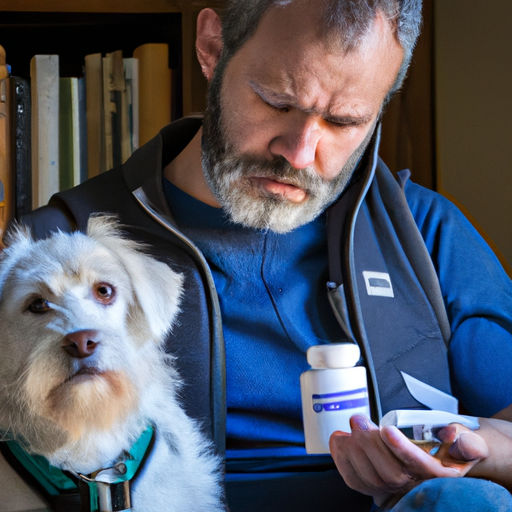Hypoglycemia, or low blood sugar, can be a serious health issue for dogs. Usually caused by an underlying health problem, it manifests through various symptoms like weakness, uncoordinated movements, or even seizures. As a caregiver, understanding the condition and knowing how to respond can make a world of difference for your canine companion.
What is Hypoglycemia?
Hypoglycemia occurs when your dog’s blood sugar levels drop below the normal range. The brain, which relies heavily on glucose to function, can be severely affected. This can lead to a range of symptoms from lethargy and confusion to seizures and loss of consciousness.
Recognizing the Signs of Hypoglycemia
Your dog can’t tell you when they’re feeling unwell, so it’s important to watch for signs of hypoglycemia. Here are common symptoms to look out for:
- Sudden lethargy
- Loss of appetite
- Uncoordinated movements
- Shaking or tremors
- Seizures
Remember, these symptoms may also be indicative of other conditions, so it’s essential to consult with your vet for an accurate diagnosis.
Immediate Treatment Options
If you suspect your dog is hypoglycemic, you can provide immediate treatment by giving them a source of sugar. Here’s how:
- Give them honey or corn syrup. Rub it on their gums if they are unable or unwilling to swallow.
- Once they’ve stabilized, offer a small meal. This will help restore their blood sugar levels.
Take them to the vet as soon as possible for a thorough check-up.
Long-Term Management
Hypoglycemia is usually a symptom of an underlying condition, such as diabetes or a liver problem. Long-term management will involve treating these root causes. This might include:
- Regular vet check-ups
- Prescription medication
- Dietary changes
Your vet will be able to provide a detailed plan based on your dog’s specific needs.
Preventing Hypoglycemia
Prevention is better than cure. Here are a few measures you can take to prevent hypoglycemia in your dog:
- Feed them small, frequent meals.
- Avoid strenuous exercise right after meals.
- Regular vet check-ups.
Implementing these steps can help keep your dog’s blood sugar levels stable.
FAQs
Q: Can hypoglycemia in dogs be prevented?
A: Yes, with frequent meals and regular vet check-ups, you can manage your dog’s blood sugar levels.
Q: What should I do if my dog shows signs of hypoglycemia?
A: Give them honey or corn syrup immediately and contact your vet.
Q: Can hypoglycemia be a symptom of other health issues?
A: Yes, it’s often a symptom of conditions like diabetes or liver problems.
Q: How is hypoglycemia diagnosed?
A: Your vet can diagnose hypoglycemia through a blood test.
Remember, you play a key role in keeping your furry friend healthy. Stay alert to changes in their behavior and consult your vet when you’re in doubt.



